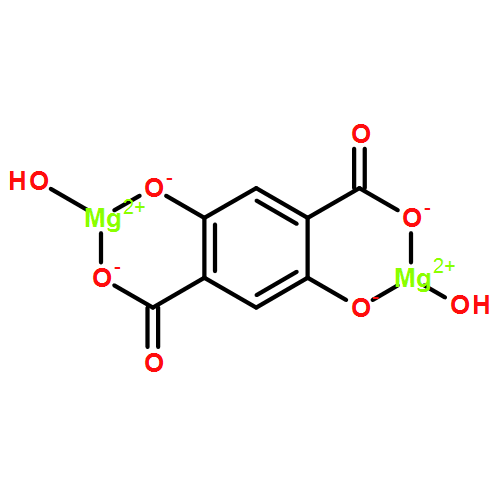Co-reporter: Kyuho Lee, Joshua D. Howe, Li-Chiang Lin, Berend Smit, and Jeffrey B. Neaton
pp: 668
Publication Date(Web):December 27, 2014
DOI: 10.1021/cm502760q
Using density functional theory, we systematically compute and investigate the binding enthalpies of 14 different small molecules in a series of isostructural metal–organic frameworks, M-MOF-74, with M = Mg, Ti, V, Cr, Mn, Fe, Co, Ni, Cu, and Zn. The small molecules we consider include major flue-gas components, trace gases, and small hydrocarbons, i.e., H2, CO, CO2, H2O, H2S, N2, NH3, SO2, CH4, C2H2, C2H4, C2H6, C3H6, and C3H8. In total, the adsorption energetics of 140 unique systems are presented and discussed. Dispersion interactions are included by employing a nonlocal van der Waals density functional, vdW-DF2. Hubbard U corrections are applied to the localized d electrons of transition metal atoms, and the impact of such corrections is assessed quantitatively. For systems for which measured binding enthalpies have been reported, our calculations lead to excellent overall agreement with experimentally determined structures and isosteric heats of adsorption. For systems that have yet to be realized or characterized, this study provides quantitative predictions, establishes a better understanding of the role of different transition-metal cations in small-molecule binding at open-metal sites, and identifies routes for predicting potential candidates for energy-related gas-separation applications. For example, we predict that Cu-MOF-74 will exhibit selectivity of CO2 over H2O and that Mn-MOF-74 can be used to separate trace flue-gas impurities and toxic gases from gas mixtures.
